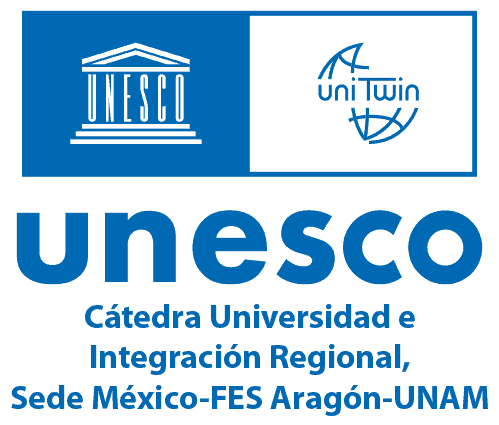Arte e Cibercultura
A Simbiose Imperfeita?
DOI:
https://doi.org/10.23882/cdig.240997Palabras clave:
Cibercultura, arte, pós-modernidade, inteligência artificialResumen
A pós-modernidade veio romper com os ideais iluministas do século das luzes, levando à total falência dos ideais do passado tidos como certos e verdadeiros. A construção do real passou a expressar-se através de ecrãs onde a produção artística encontrou novas bases através daquilo a que Lévy chamou de cibercultura. Com a discussão destes conceitos, que se interligam através das novas expressões digitais, pretendemos perceber até que ponto cibercultura poderá constituir uma base de expressão artística sem romper com os ideais antropológicos que ainda hoje definem a contemporaneidade.
Citas
Chatterjee, A. (2022). Art in an age of artificial intelligence. Frontiers. https://doi.org/10.3389/fpsyg.2022.1024449
Cheng, M. (2022). The Creativity of Artificial Intelligence in Art. Proceedings of The 2021 Summit of the International Society for the Study of Information. https://doi.org/10.3390/proceedings2022081110
Fogliano, F., & Leote, R. (2023). Artificial Intelligence as a support for Artistic Creation. In ARTECH '23: Proceedings of the 11th International Conference on Digital and Interactive Arts (pp. 1-9). https://doi.org/10.1145/3632776.3632812
Lemos, A. (2008). Arte eletrônica e cibercultura. Revista FAMECOS, 4(6), 21–31. https://doi.org/10.15448/1980-3729.1997.6.2960
Lévy, P. (1999). Cibercultura. Editora 34.
Lévy, P. (1995). Sur les chemins du virtuel. https://www.volubilis.org/wp-content/uploads/2019/07/LEVY-Pierre-sur-les-chemins-du-virtuel-2.pdf
Li, L. (2023). The Impact of Artificial Intelligence on Higher Art Education. In Proceedings of the 2023 International Conference on Frontiers of Artificial Intelligence and Machine Learning (p. 296). Association for Computing Machinery. https://dl.acm.org/doi/proceedings/10.1145/3616901
Manovich, L. (2013). Software takes command. Bloomsbury Academic.
Medina, E. N., & Farina, M. M. (2021). Inteligência artificial aplicada à criação artística: a emergência do novo artífice. Manuscrítica: Revista De Crítica Genética, 44, 68-81. https://doi.org/10.11606/issn.2596-2477.i44p68-81
Miya, M. (1923). What Is Art? The North American Review, 271(811), 829-833. https://www.jstor.org/stable/25113044
Negroponte, N. (1995). Being Digital. Vintage Books.
Rowe, M. W. (1991). The Definition of `Art. The Philosophical Quarterly, 41(164), 271-286. https://doi.org/10.2307/2220029
Strubell, E.; Ganesh, A.; & A, McCallum. (2019). Energy and Policy Considerations for Deep Learning in NLP. https://arxiv.org/pdf/1906.02243.pdf
Thompson, John B. (1998). Ideology and Modern Culture. Polity Press.
Venancio Júnior, S. J. (2019). Arte e inteligências artificiais: implicações para a criatividade. ARS (São Paulo), 17(35), 183-201. https://doi.org/10.11606/issn.2178-0447.ars.2019.152262
Descargas
Publicado
Cómo citar
Número
Sección
Licencia
Derechos de autor 2024 Paulo Falcão Alves

Esta obra está bajo una licencia internacional Creative Commons Atribución-NoComercial 4.0.




